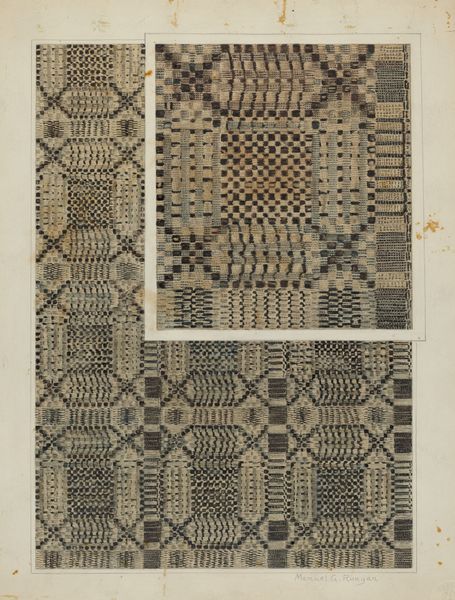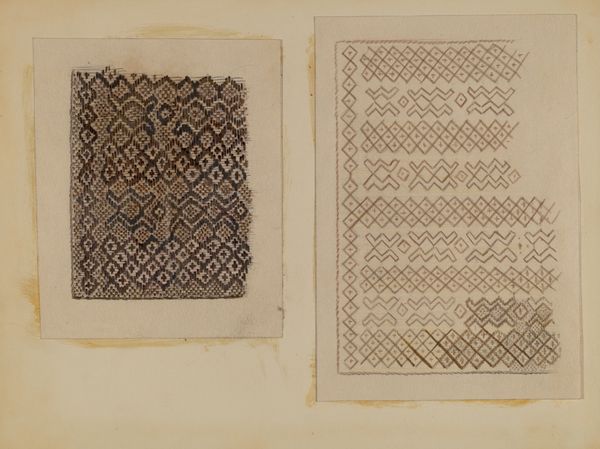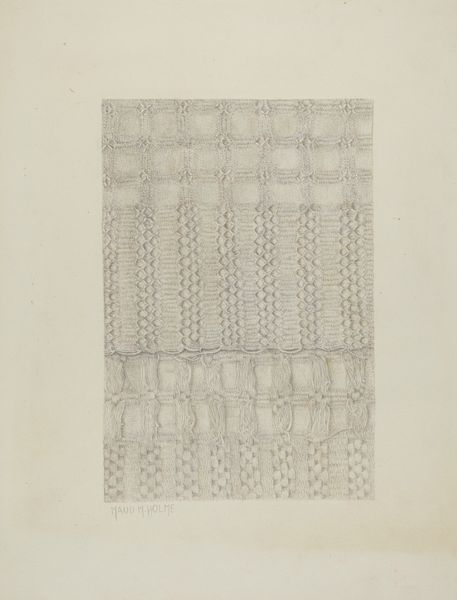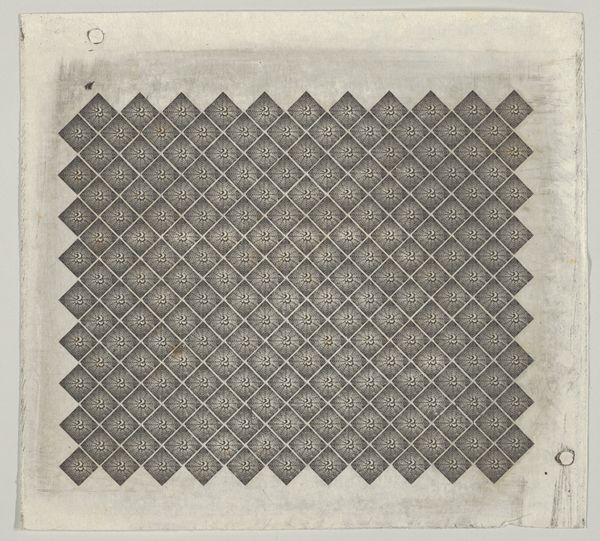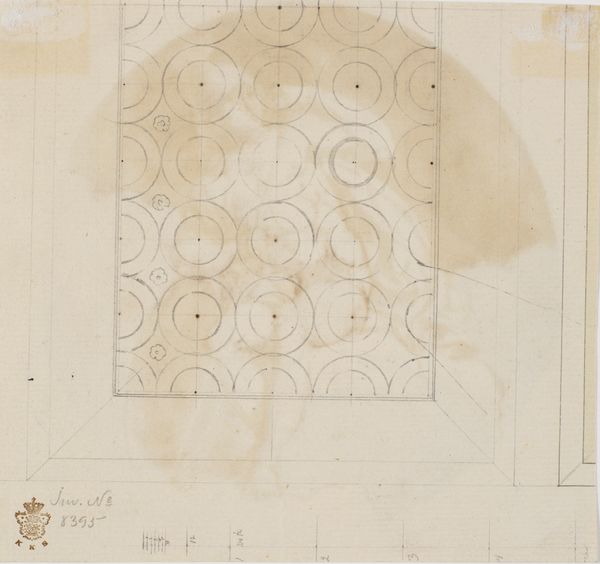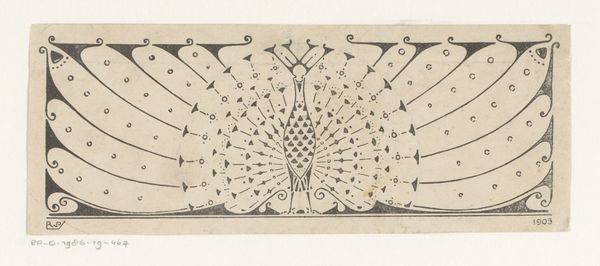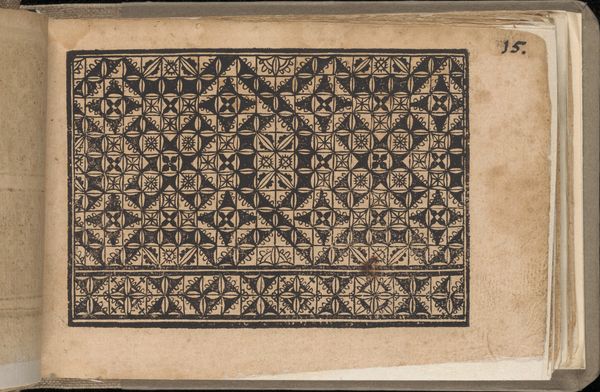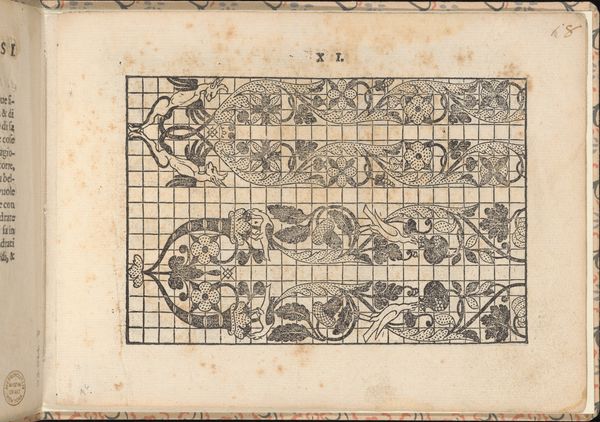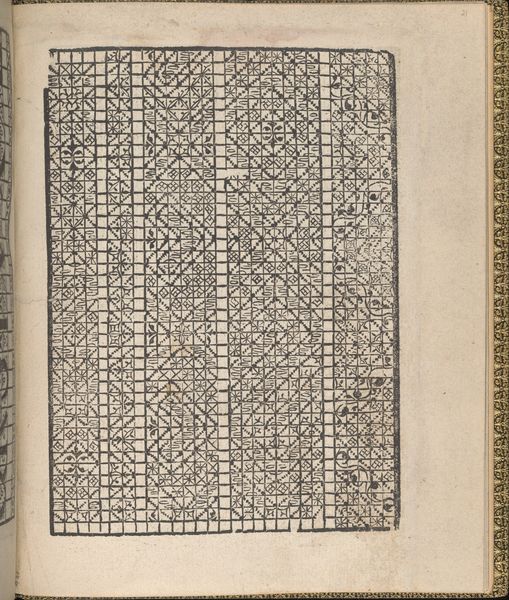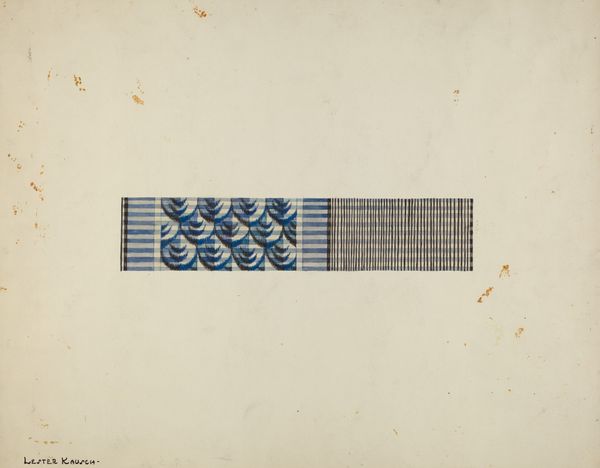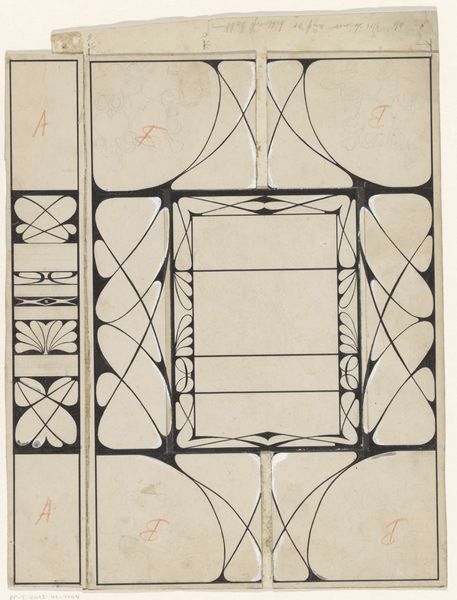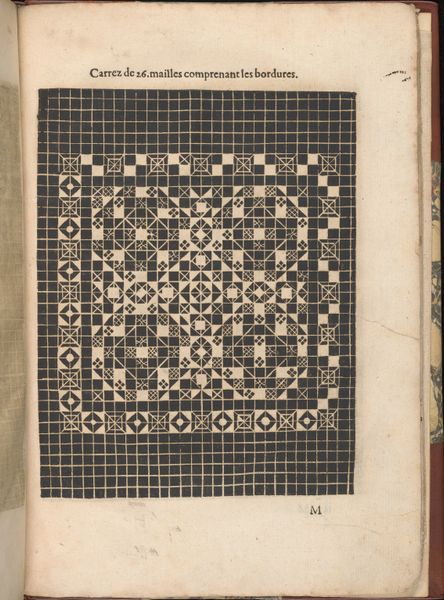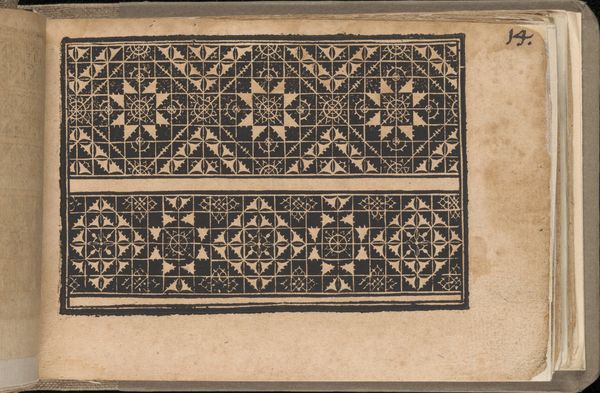
Banknote motifs: two bands of lace-like lathe work ornament 1819 - 1847
0:00
0:00
drawing, ornament, print, paper, engraving
#
drawing
#
aged paper
#
ornament
#
toned paper
# print
#
paper texture
#
paper
#
geometric
#
engraving
Dimensions: plate: 2 15/16 x 2 3/8 in. (7.4 x 6 cm) sheet: 5 7/8 x 3 9/16 in. (15 x 9 cm)
Copyright: Public Domain
Editor: Here we have Cyrus Durand's "Banknote motifs: two bands of lace-like lathe work ornament," dating from 1819 to 1847. It's an engraving and drawing, essentially a print on paper. The geometric precision is striking, and the patterns almost look like intricate lace. What strikes you about the piece? Curator: I see a fascinating intersection of technology, labor, and value. These aren't just abstract ornaments. They are banknote *motifs*. We need to consider the mechanization involved in creating such intricate designs repeatedly and the economic context of counterfeiting in the 19th century. These details acted as anti-counterfeiting measures, yes? The labor put into designing and producing such patterns added value and legitimacy to the currency. Editor: So, the intricate designs are less about pure aesthetics and more about securing monetary value? Curator: Exactly. The material and process become inherently linked to the perceived worth of the object. This redefines 'ornament,' doesn't it? We must question where "high art" begins and functional, economically driven design ends, if it does at all. How did the production and consumption of paper money affect social class? Who benefitted most from such elaborate design? Editor: That's a good point; it's easy to overlook the social implications tied to something as ubiquitous as currency design. So much handwork too to then go and be mechanically printed and copied… almost makes the labour less visible somehow. Curator: Precisely. This also challenges our notion of 'originality'. This is mass produced, a far cry from traditional artistic standards, where value and ‘prestige’ derived from uniqueness and demonstrable hours. Editor: That definitely changes how I view this unassuming little artwork; the implications of materiality and manufacture reveal a larger story. Curator: Indeed! By looking at the means of production, we uncover deeper connections between art, economics, and society.
Comments
No comments
Be the first to comment and join the conversation on the ultimate creative platform.
